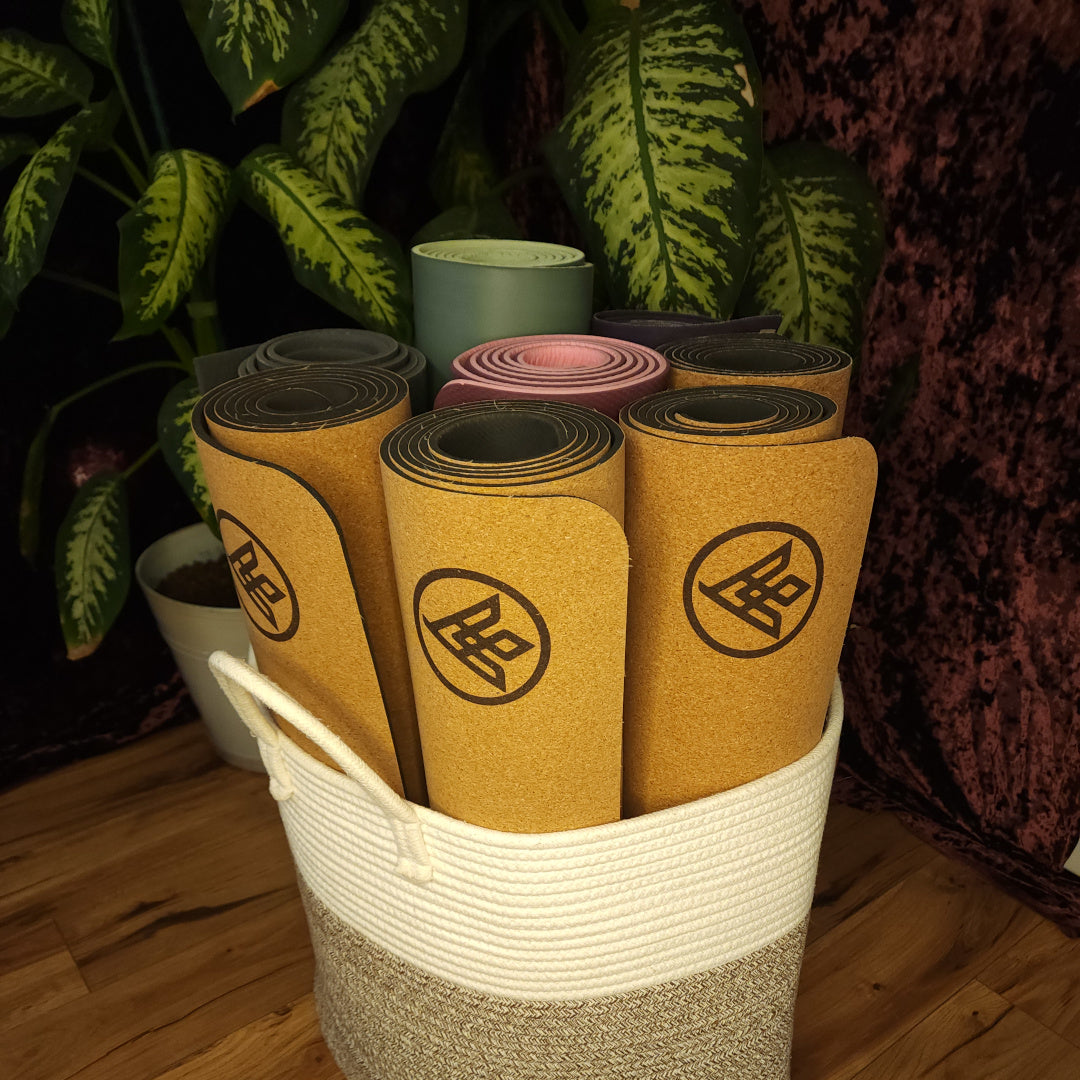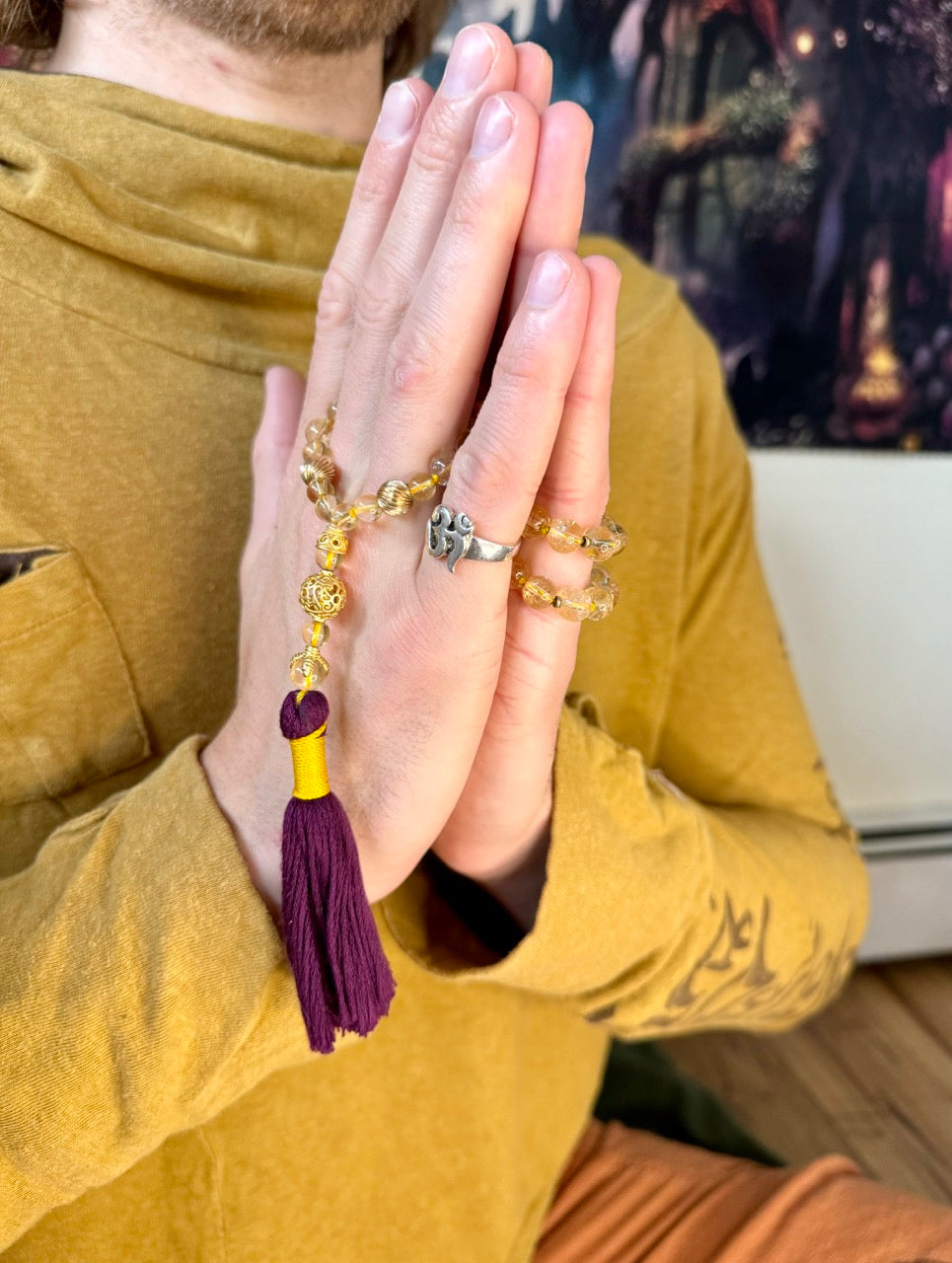What is Para Yoga?
Jack UtermoehlShare
Para yoga is a sophisticated system that blends traditional yogic science with modern application, offering a structured path toward self-mastery.
Founded by Rod Stryker, it integrates the wisdom of classical yoga, tantra, and Ayurveda, focusing on inner transformation and the full awakening of human potential. The word “Para” means “supreme” or “beyond,” indicating its goal of leading practitioners to the highest state of awareness.
What distinguishes Para yoga is its emphasis on cultivating personal power, clarity, and fulfillment by working with energy, consciousness, and intention.
Rather than isolating physical postures, the system weaves together the eight limbs of yoga through precise sequencing, breathwork, visualization, and meditative techniques.
Origins of Para Yoga
Rod Stryker developed Para yoga after decades of study under renowned masters including Swami Rama and Pandit Rajmani Tigunait of the Himalayan Institute. Drawing upon the Vedas, Upanishads, Yoga Sutras, and Tantric teachings, Para Yoga reflects a lineage-based yet modernized system grounded in personal practice and transformation.
The philosophy of Para yoga honors the view that every person is already whole and divine. Its approach is not about acquiring something new but unveiling what's already present—clarity, vitality, purpose, and freedom (moksha).
Para Yoga Practice
Para yoga is rooted in the integration of five primary techniques designed to elevate energy, sharpen awareness, and empower purposeful living. These include:
- Asana: Physical postures that create stability and energy flow.
- Pranayama: Breath control practices to regulate and expand vital energy.
- Meditation: Practices for quieting the mind and accessing deeper states of consciousness.
- Bandha & Mudra: Energetic locks and gestures to seal and direct prana.
- Visualization & Sankalpa: Harnessing intention and mental imagery for transformation.
Common Poses: Mountain Pose (Tadasana), Warrior Poses (Virabhadrasana I–III), Seated Forward Bend (Paschimottanasana), Reclining Twist (Supta Matsyendrasana)
Para Yoga Suitability
Experience Level: Mixed Level (Suitable for All)
Physical Demand: Balanced Activity
Mind-Body Engagement: Balanced Mind-Body
Adaptability: Highly Adaptable
Focus Area: Spiritual Growth, Energetic Mastery, Life Purpose
Notes on Para Yoga
Para yoga offers a powerful, results-driven practice that helps students clarify their purpose (dharma), build life-force energy (prana), and live with greater intention.
Its fusion of ancient principles and structured methods makes it appealing to those seeking depth without dogma.
Rod Stryker emphasizes that yoga should be both transformative and accessible—not only awakening insight but also helping practitioners live with more grace, fulfillment, and joy in daily life.
Similar Styles
Hatha Yoga, Tantra Yoga, Kriya Yoga, Ayurveda Yoga
Equipment Needed
Required: Yoga Mat
Nice to Have: Yoga Blocks, Yoga Strap
Optional: Bolster, Yoga Blanket
References
The Four Desires: Creating a Life of Purpose, Happiness, Prosperity, and Freedom by Rod Stryker
Relax into Greatness by Rod Stryker






